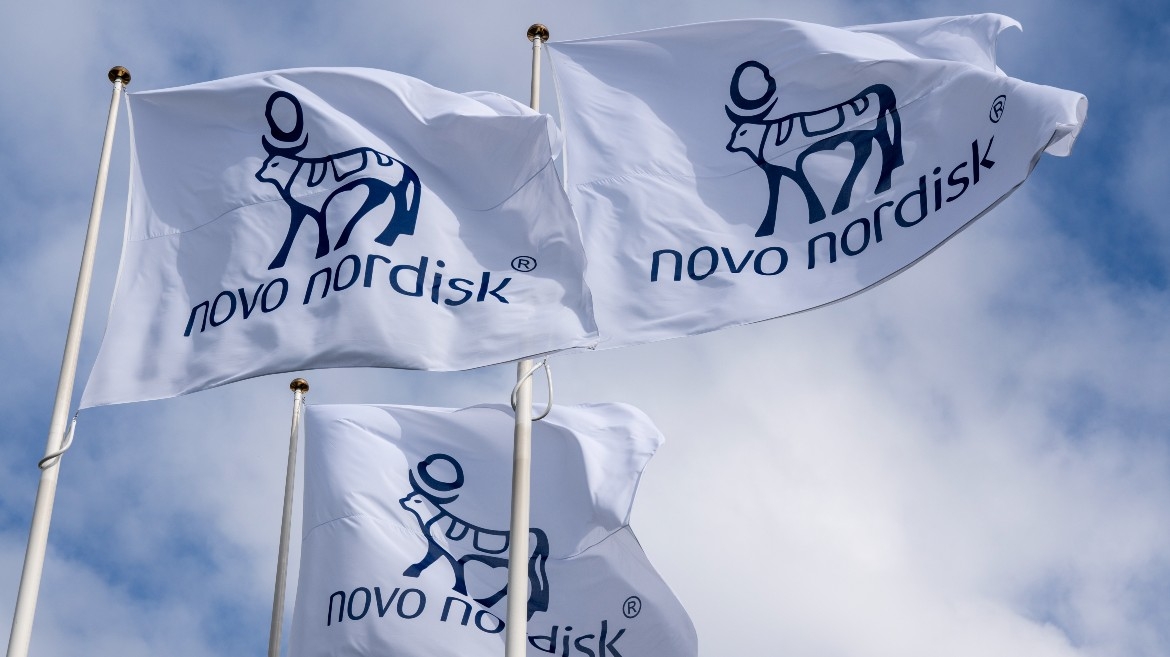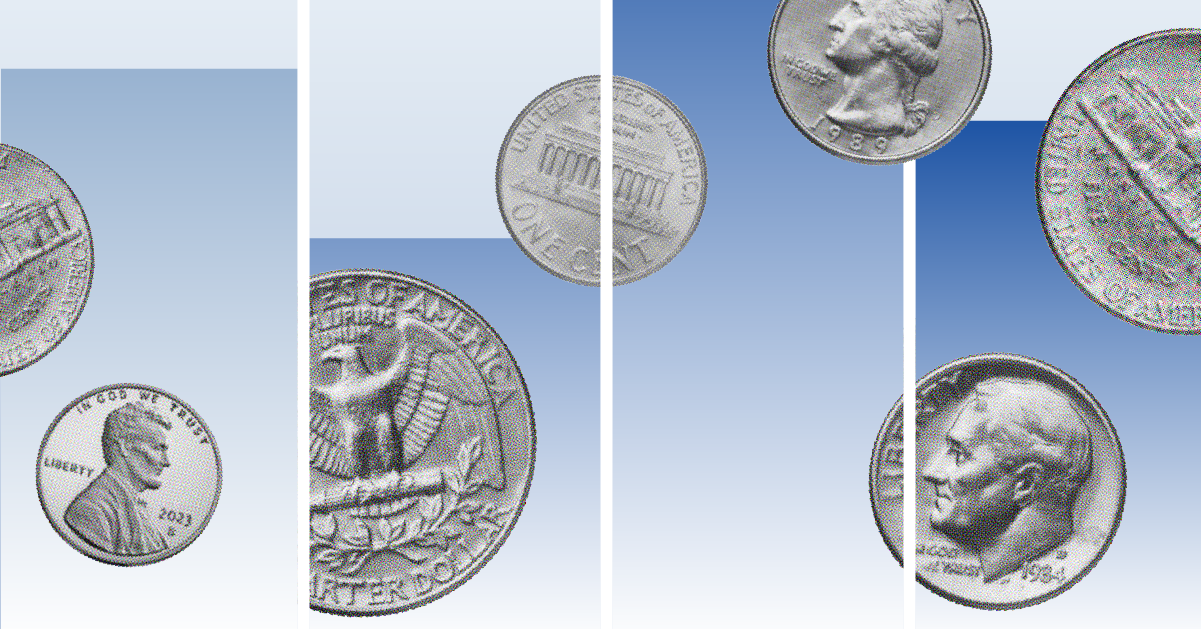Emma Wall: Hello, and welcome to the Morningstar Series 'Ask the Expert'. I'm Emma Wall and I'm joined today by Killik & Co's, Rachel Winter, to talk about your ISA portfolio. Hi, Rachel.
Rachel Winter: Good morning, Emma.
Wall: So, with less than a month to go to end of the tax year now, which means that people really need to get their tax efficient savings in order and you've got some top tips for people, haven't you?
Winter: I have. So, if you go online and if you type in end of tax year checklist, you'll come up with dozens of things you can and should be doing such as making sure you're done your ISA allowance for the year that's £20,000, making sure you contributed to your pension for that year, that's £40,000 gross assuming you've earned that much, and also making sure you've used your capital gains allowance for the year, that's £11,300 per person. What I thought I do is talk through three ways of just being a little bit smarter with your ISAs that you can save as much tax as possible.
So, the first one is you can do a type of transaction called bed and ISA transaction. It's a ridiculous name. All it means is you sell a stock from outside of your ISA and immediately move the proceeds into the ISA and buy the stock back. So, you're keeping the stock, but you're moving the account in which it's held. That's good, because when you sell the stock, you're crystalising either a loss or a gain.
So, if when the stock was outside of your ISA if I had a gain you could have sold it and used your capital gains allowance. If I had a loss you could have solid it kept it by buying it back in the ISA, you've crystalised that loss, you can tell HMRC about the loss and you can use that loss to offset against any future capital gains in future tax years.
Wall: And I think that last point is very interesting, because for a lot of people just because the stock has gone down in value doesn't mean that they want to sell it outright, they might have attractive dividends or they might believe in its long term growth potential. So, here is a way of moving it into a better tax vehicle, because it's tax efficient and also, getting a bit of uplift on your CGT allowance.
Winter: Exactly. So, you're keeping the stock but you're using the allowances outside the ISAs. So, definitely worth considering if you do have a portfolio.
Wall: And what's the second tip today?
Winter: Second one is a new rule that came in this year. So, for any money you take out of an ISA in the current tax year, you can put that back in within the same tax year, over and above your subscription allowance. So, for example, if you take out £100, you can put that back in, this tax year over and above your £20,000 contribution.
If you take out £100,000 you can put that back in as well as your £20,000 contribution. So, very good for people who might have taken money out for a certain cause, that deal might have fallen through, now they can put the money back in.
It's also good for people who have a large investment portfolio with some stocks in an ISA and some outside. And if those people are taking all the dividends from the ISA, at the end of the year, they can add up how much income they have taken, and they can transfer that amount from the main account into the ISA over and above their normal £20,000 allowance.
Wall: And as you say this is a new rule for 2017/2018, because it used to be not that long ago, if you took money out of your ISA, you absolutely lost that allowance, that tax efficient amount for the year and presumably it's going to continue into the new tax year on April 6.
Winter: Yes, it would. So, that's the plan for so far. You can use it this year, so I'd recommend that you have a look and see if you can use it and just makes the most of it and it's going to carry on into forthcoming tax years as well.
Wall: And what's the final tip?
Winter: The final tip is that this tax year, you can make £5,000 in dividend income outside of your ISA. Next tax year, that's falling to £2,000, so have a look at what you have in and out of your ISA and see if you are going to be affected by this reduction in the dividend allowance. If you are, then consider whether or not you can have a reshuffle of your investments to try and lower your exposure to dividend tax. And remember that income tax outside of your ISA is much higher than the rate of capital gains tax. So, if you're going to have to take some kind of tax on your investments, then perhaps it would be better to have capital gains tax outside of the ISA.
Wall: Rachel, thank you very much.
Winter: You are welcome.
Wall: This is Emma Wall for Morningstar. Thank you for watching.





























